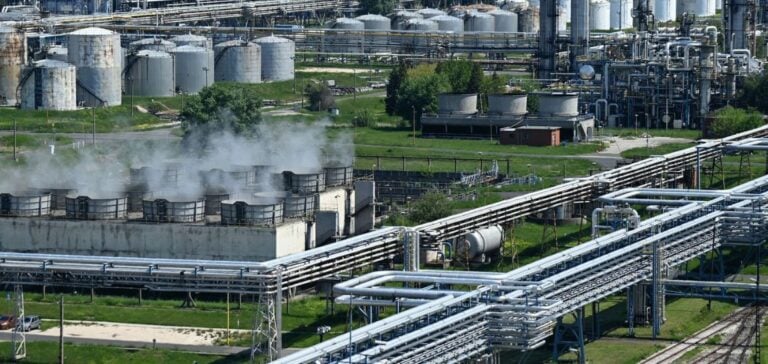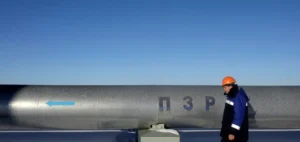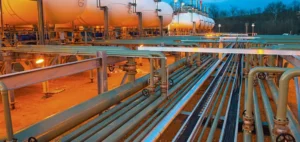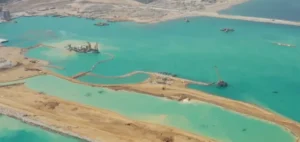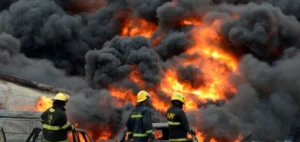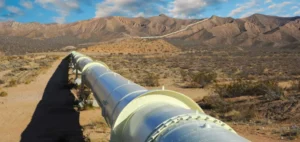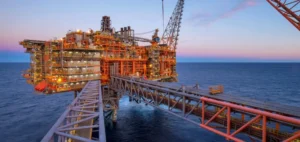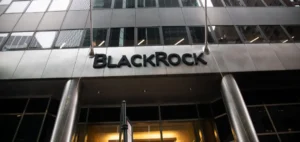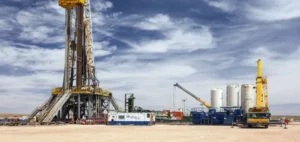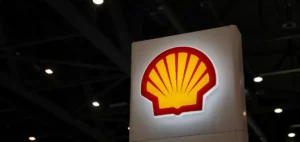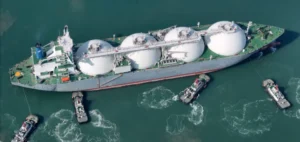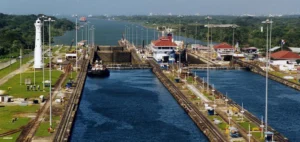Natural gas producers in the United States are facing a drastic drop in prices, with Henry Hub futures falling to around $2 per million BTU.
At the same time, Waha prices in West Texas recorded a record number of negative values in 2024.
This drop in prices is the result of weaker demand due to cooler-than-expected temperatures, as well as an increase in supply following a rise in production in the second quarter after a 47% increase in prices in April and May.
Reactions from major producers
EQT Corporation, one of the leading natural gas producers in the United States, has incorporated strategic reductions of 90 billion cubic feet equivalent this fall.
These cuts will be implemented if the market remains depressed, as CFO Jeremy Knop indicated on the second-quarter earnings call.
Houston-based Apache Corporation also plans to reduce production by 90 million cubic feet per day in the third quarter.
This follows a 78 million cubic feet per day reduction in the second quarter due to extreme price conditions in the Permian Basin.
Chesapeake and Coterra Energy strategies
Chesapeake Energy, which will become the largest natural gas producer in the US after its merger with Southwestern Energy, is considering deferring some well completions pending a correction of supply/demand imbalances.
This decision is supported by the prospect of an expected increase in demand for LNG, according to Robert Wilson, Vice President of Analysis at East Daley.
Coterra Energy, having reversed some cuts at the end of the second quarter, is preparing for further reductions as its summer sales commitments expire, said Blake Sirgo, senior vice president of operations.
Market outlook
According to the Energy Information Administration (EIA), natural gas production in the United States is expected to average 103.3 billion cubic feet per day this year, compared with 103.8 billion cubic feet per day last year.
This forecast is slightly down on the 103.5 bcf/d estimated in the July report.
Producers are therefore adjusting their strategy in anticipation of more favorable market conditions.
The response of US natural gas producers to falling prices underlines the current challenges facing the energy market.
Planned production cuts could help stabilize prices, pending a recovery in LNG demand.
How the market evolves will depend largely on weather conditions and adjustments in global production.


